
IAPL is at the forefront of solutions for industrial automation and digitization, providing customized turnkey solutions that boost efficiency and productivity. Specializing in PLC & SCADA software, control panels, metering, and Industrial IoT products, we also develop tailored mobile apps and web dashboards for seamless operation and monitoring. Our unique approach combines traditional engineering with modern digital tech, ensuring robust and ready-to-deploy solutions designed to exceed our clients’ expectations.
Constantly we are working to Serve our valuable customers to improve the Operational Efficiency & Transparency through Process Digitization.
Maintenance 2.o Software Designed based on the guidance of Domain Experts & Successfully Installed in NTF’s Unit-1 & Implementing in Unit-5
… to know more about Maintenance 2.0 implementation go through the Separated presentation.
Latest Projects Development & Implementation:
Maintenance 2.0 Software Design Development & Implementation in NTF
CCMS Design Development & Implementation for MCG Gurgaon & integrated with GMDA portal

Part traceability plays a critical role in ensuring quality, reliability, and compliance within industrial processes. It refers to the ability to track each component or part used in the manufacturing or assembly process—from its origin to its final placement in the product. By implementing part traceability, companies can monitor the complete lifecycle of a part, including supplier details, production dates, inspection results, and assembly history. This information becomes vital for identifying defects, managing recalls, maintaining regulatory compliance, and improving overall operational efficiency. An effective traceability system not only enhances transparency and accountability but also supports continuous improvement by providing actionable insights into process performance and supply chain integrity. By digitizing traceability processes using barcode scanning, RFID, and IoT-based systems, industries can automate data collection and improve accuracy.
Integrated with SCADA, MES, or ERP platforms, part traceability becomes a powerful tool for real-time monitoring, predictive maintenance, and continuous quality improvement.
Paint shop monitoring is a vital process in manufacturing industries where surface finishing and coating quality are critical to the final product’s durability, appearance, and performance. This system involves real-time tracking and control of every stage in the painting process—including pre-treatment, primer application, base coat, top coat, curing, and drying. By implementing advanced monitoring systems, manufacturers can ensure consistent coating thickness, optimal curing temperatures, proper humidity levels, and precise line speeds. These parameters are crucial for preventing defects such as runs, sags, orange peel textures, or uneven finishes. Modern paint shop monitoring systems often integrate sensors, SCADA, and IoT technologies.

Technologies to provide live data visualization, automated alerts, and quality control feedback. This allows operators to quickly detect anomalies, take corrective actions, and minimize rework or waste. Additionally, monitoring helps track paint usage, identify energy consumption patterns, and ensure compliance with environmental and safety regulations. In automotive, appliance, and industrial equipment manufacturing, efficient paint shop monitoring not only enhances product aesthetics and corrosion resistance but also improves productivity, reduces downtime, and maintains high standards of quality across batches.

Furnace monitoring is a critical aspect of industrial manufacturing processes that involve heat treatment, metal forging, glass production, or any thermal processing operations. It ensures that the furnace operates within defined temperature ranges, heating cycles, and atmosphere conditions to maintain product quality, structural integrity, and safety. Real-time monitoring of parameters such as temperature uniformity, heating rates, fuel consumption, pressure, and exhaust gases helps in maintaining optimal performance and prevents issues like overheating, underheating, or energy loss.
Advanced furnace monitoring systems use thermocouples, infrared sensors, PLCs, and SCADA systems to continuously collect and display data, enabling precise control and early detection of abnormalities. This not only improves process efficiency but also reduces downtime, enhances energy savings, and extends the lifespan of the furnace.
In industries like automotive, aerospace, ceramics, and metallurgy, maintaining tight control over furnace conditions is essential to meet stringent quality standards and regulatory compliance. Moreover, integrating furnace monitoring with data logging and analytics tools allows for better process optimization, predictive maintenance, and traceability of heat treatment cycles.
Energy monitoring is essential for optimizing power consumption in industrial facilities. It involves tracking and analyzing energy usage in real time across machines, production lines, and entire plants. This helps identify inefficiencies, reduce operational costs, and support sustainability initiatives. Key metrics such as voltage, current, power factor, and energy consumption trends are monitored continuously using advanced meters and sensors integrated with SCADA or EMS platforms.

By leveraging automated alerts and detailed energy analytics, companies can prevent wastage, optimize equipment performance, and plan for predictive maintenance. Real-time dashboards also empower teams to take corrective actions quickly. Ultimately, a well-implemented energy monitoring system enhances operational efficiency and aligns with global energy compliance standards and green manufacturing goals.
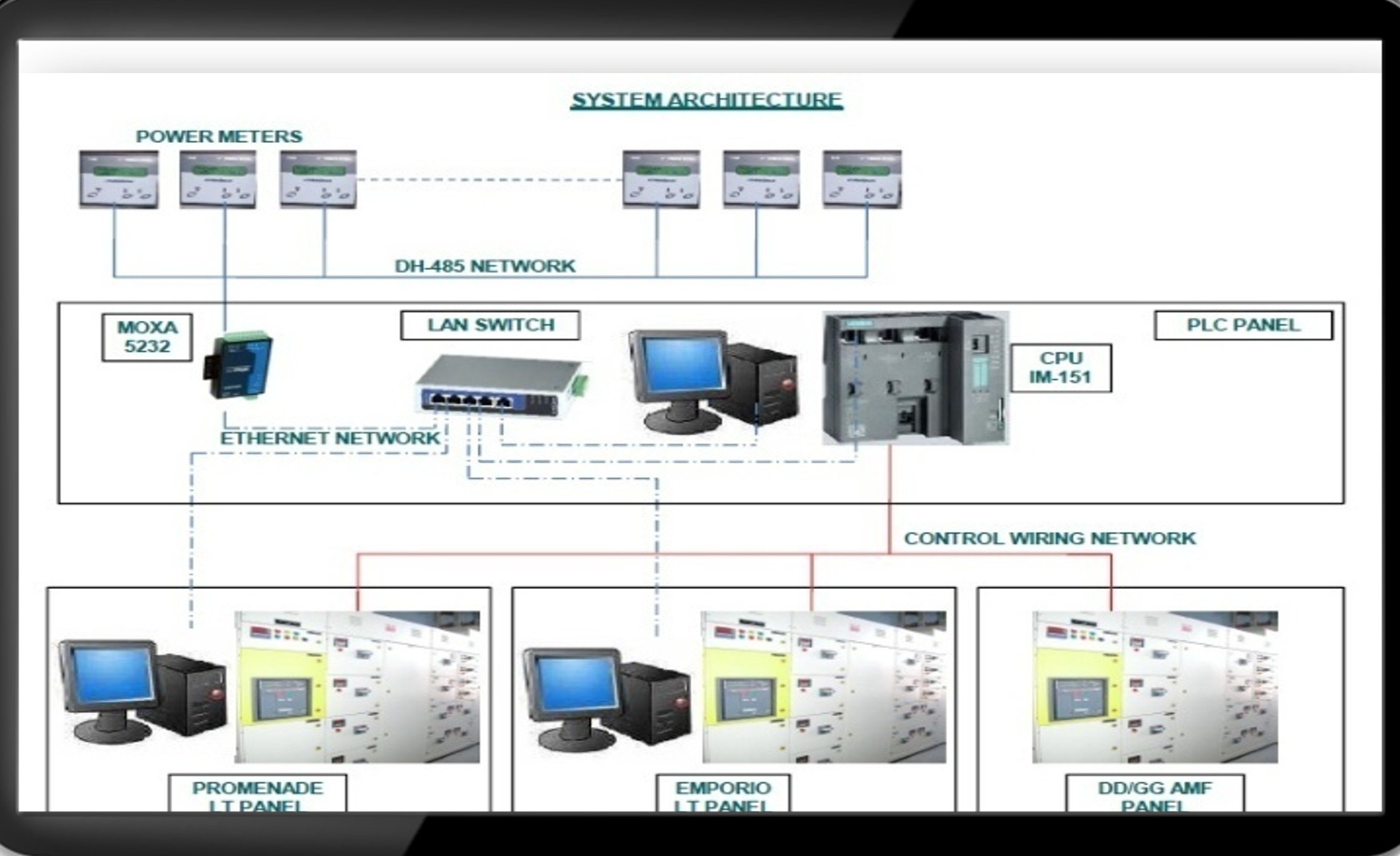
Furnace monitoring is a critical aspect of industrial manufacturing processes that involve heat treatment, metal forging, glass production, or any thermal processing operations. It ensures that the furnace operates within defined temperature ranges, heating cycles, and atmosphere conditions to maintain product quality, structural integrity, and safety.
Advanced furnace monitoring systems use thermocouples, infrared sensors, PLCs, and SCADA systems to continuously collect and display data, enabling precise control and early detection of abnormalities. This not only improves process efficiency but also reduces downtime, enhances energy savings, and extends the lifespan of the furnace.
In industries like automotive, aerospace, ceramics, and metallurgy, maintaining tight control over furnace conditions is essential to meet stringent quality standards and regulatory compliance. Moreover, integrating furnace monitoring with data logging and analytics tools allows for better process optimization, predictive maintenance, and traceability of heat treatment cycles.
Ground level monitoring is an essential part of industrial and infrastructure management, particularly in environments where stability, safety, and environmental conditions must be closely observed. This process involves the continuous measurement of parameters such as vibrations, ground movement, load distribution, temperature, humidity, and gas emissions at or near the surface level.
Ground level monitoring is widely used in construction sites, manufacturing plants, power stations, and underground facilities to detect potential hazards, prevent structural failures, and ensure safe working conditions.
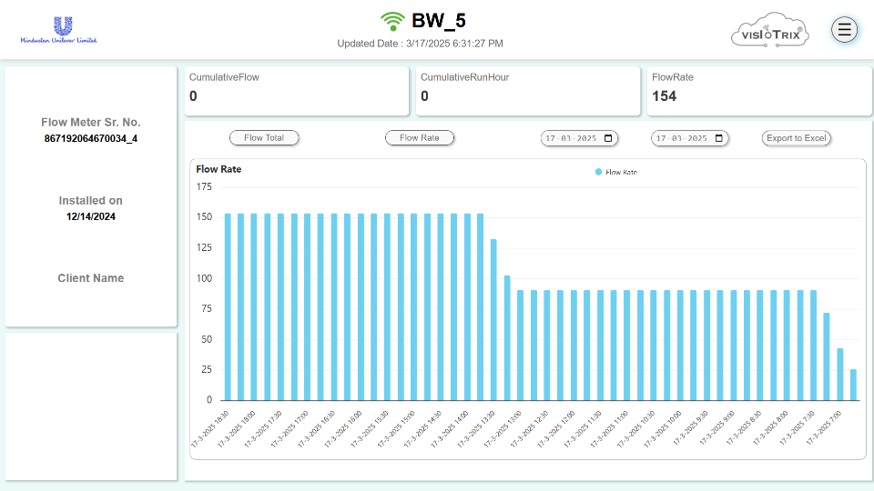
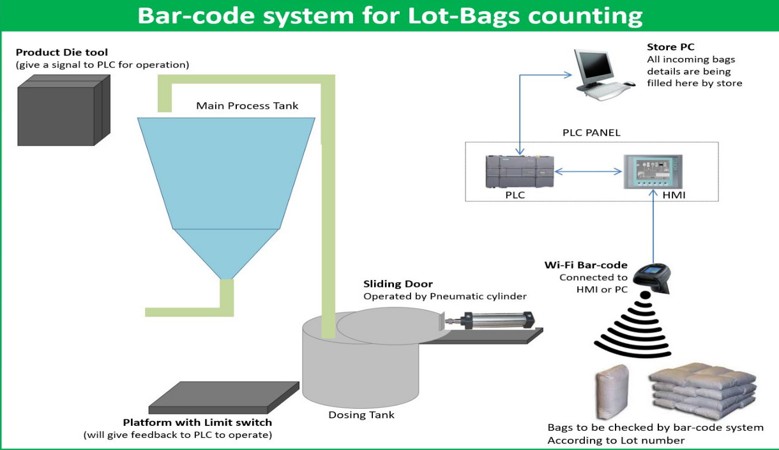
Furnace monitoring is a critical aspect of industrial manufacturing processes that involve heat treatment, metal forging, glass production, or any thermal processing operations. It ensures that the furnace operates within defined temperature ranges, heating cycles, and atmosphere conditions to maintain product quality, structural integrity, and safety. Real-time monitoring of parameters such as temperature uniformity, heating rates, fuel consumption, pressure, and exhaust gases helps in maintaining optimal performance and prevents issues like overheating, underheating, or energy loss.
Advanced furnace monitoring systems use thermocouples, infrared sensors, PLCs, and SCADA systems to continuously collect and display data, enabling precise control and early detection of abnormalities. This not only improves process efficiency but also reduces downtime, enhances energy savings, and extends the lifespan of the furnace.
In industries like automotive, aerospace, ceramics, and metallurgy, maintaining tight control over furnace conditions is essential to meet stringent quality standards and regulatory compliance. Moreover, integrating furnace monitoring with data logging and analytics tools allows for better process optimization, predictive maintenance, and traceability of heat treatment cycles.
Process plant automation is the integration of advanced control systems, instrumentation, and software technologies to monitor, manage, and optimize industrial operations with minimal human intervention. It plays a crucial role in industries such as oil & gas, chemicals, pharmaceuticals, food & beverage, and power generation—where precision, safety, and efficiency are paramount.
Automation systems in process plants typically include PLCs, SCADA, DCS (Distributed Control Systems), and various field sensors and actuators that work together to maintain consistent process conditions, such as temperature, pressure, flow, and chemical composition.
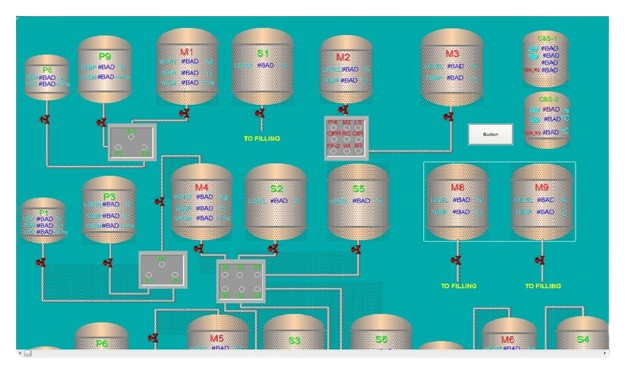
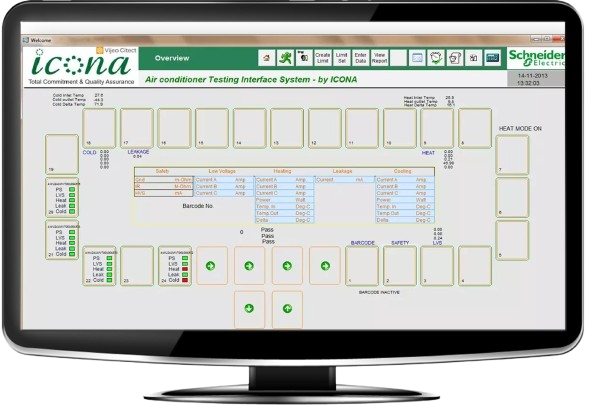
Temperature Control
Ensures proper refrigeration by real-time monitoring and alerts on temperature deviations.
Compressor Health
Tracks compressor cycles, runtime, and fault status to prevent failures.
Energy Efficiency
Analyzes power consumption patterns for optimizing refrigeration operations and reducing costs.
Serve for SCADA Upgrades in whole group, we have upgraded all old version SCADA system into new version of Citect SCADA without shutdown the plant. Also Serving for Automation Needs on Redundant System.
System: Siemens S7-400 Redundant PLC and Schneider’s Citect SCADA
Customer: Hindustan National Glass
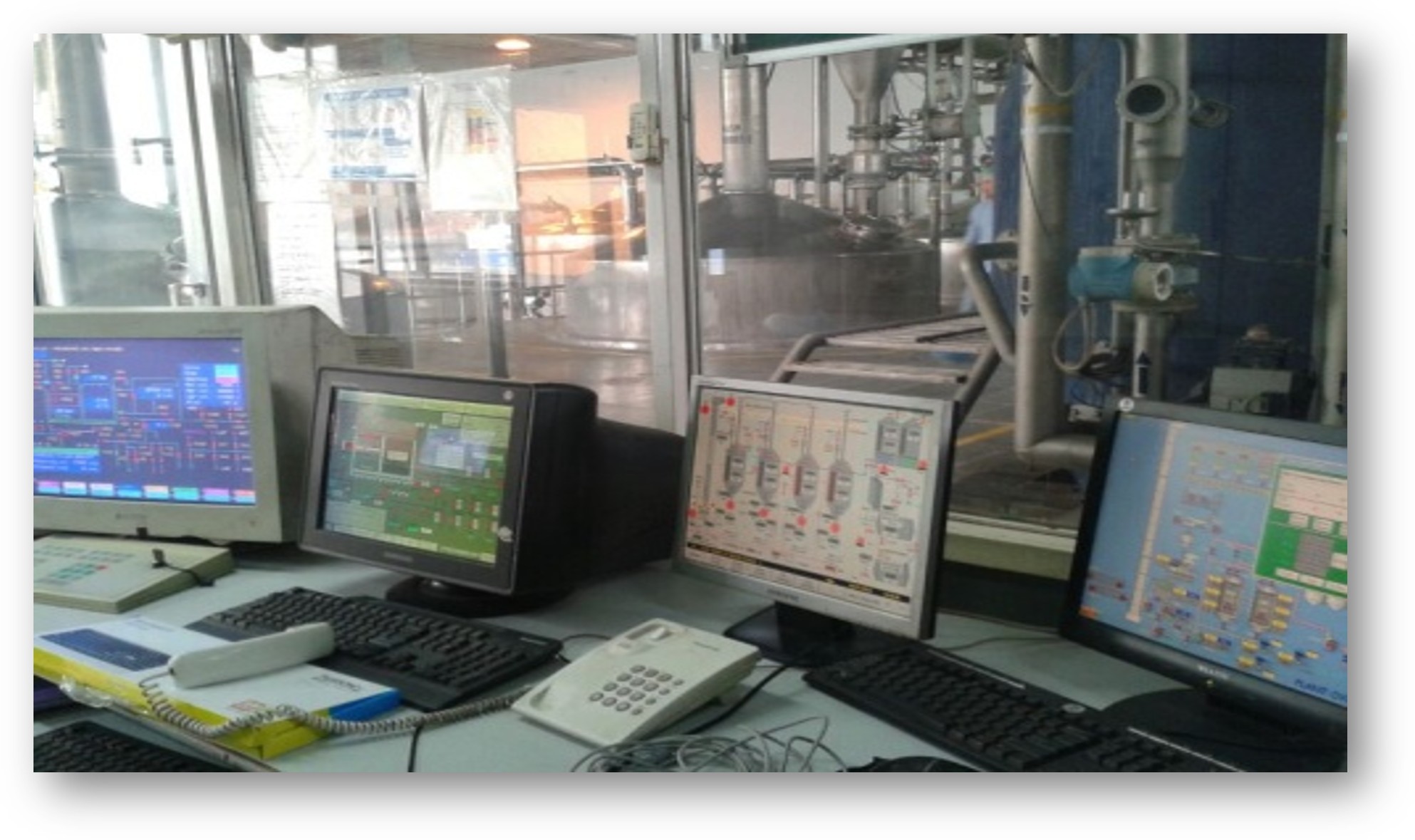

Manufacturing & supplied oven with SPM and synchronized with hydraulic press. The end-use of the product is in automobile industries like Maruti-Suzuki, Volkswagen, Tata, Eicher, Mahindra, etc. The complete system, including mechanical, electrical, and automation, was designed by our in-house team.
Customer: NTF India Private Limited - Manesar, Mayur Industries - Pune, IAC International - Manesar.
Serve for most of the automobile industries in North India through M/s Vinar for system commissioning & support on conveyor automation & synchronization.
Clients Served on Behalf of M/s Vinar:
GKN Drive Line – Dharuhera Plant
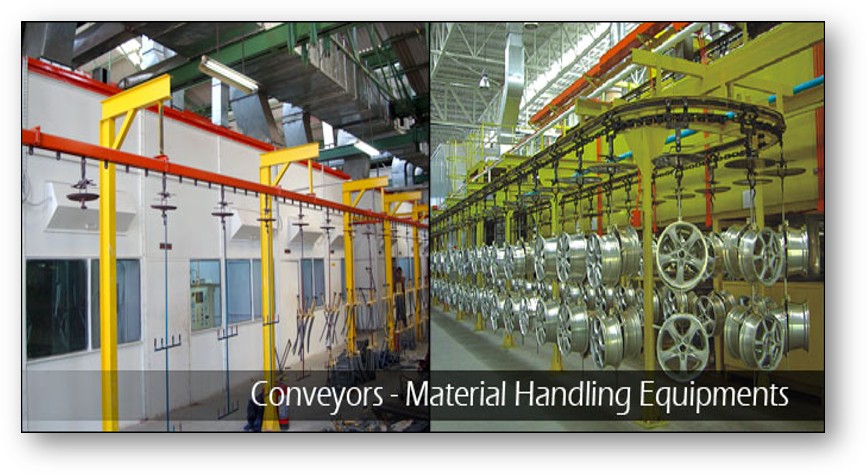

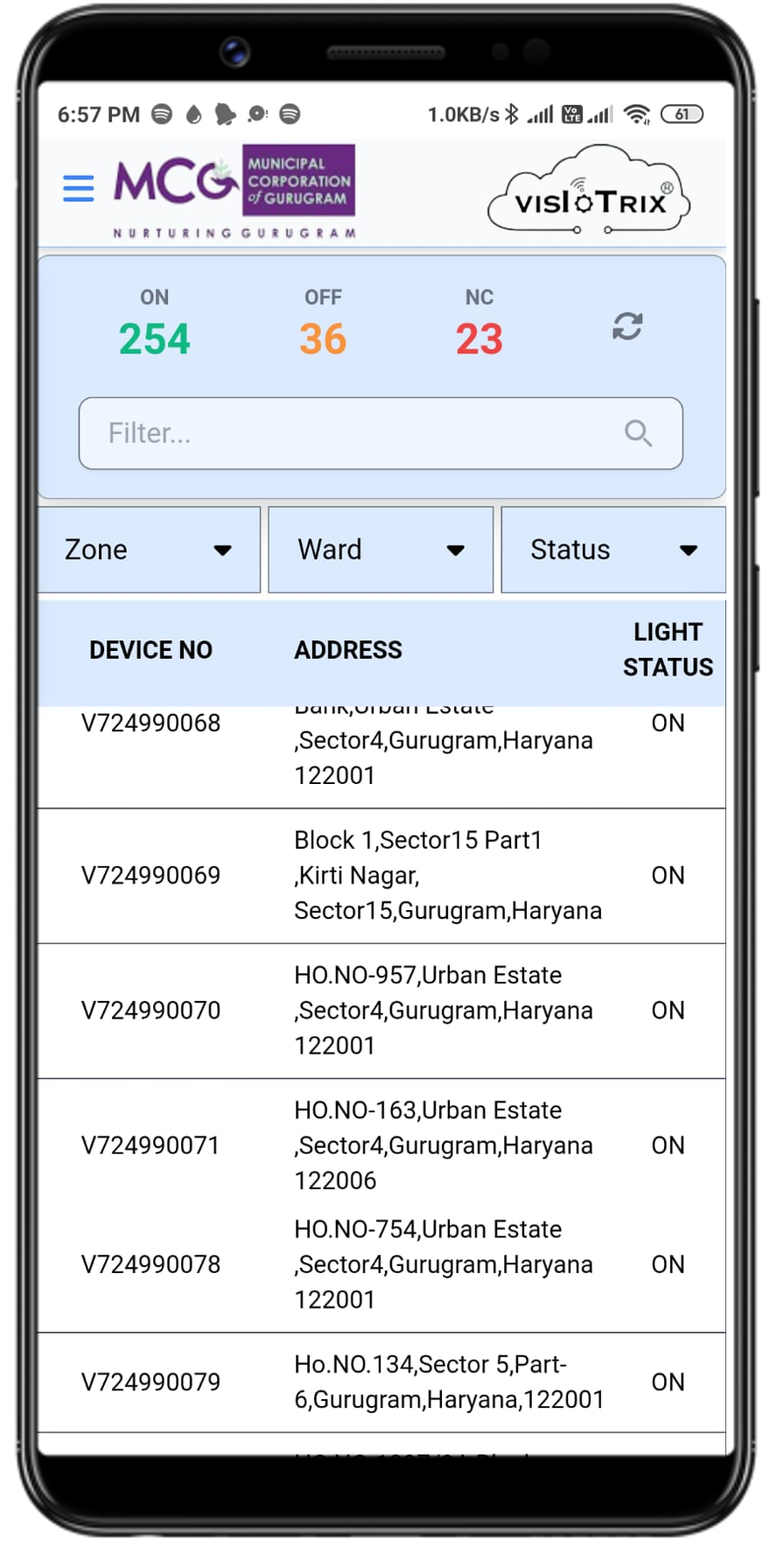
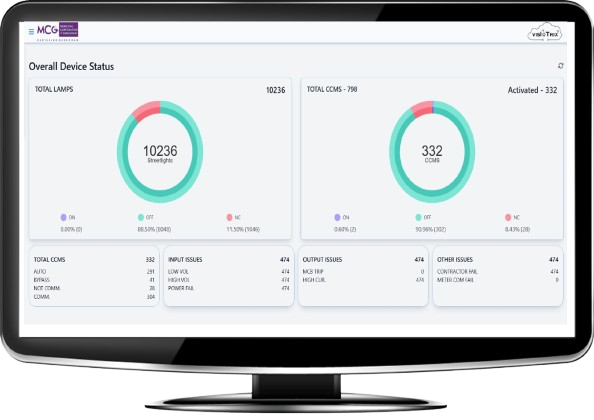
Successfully Commissioned the CCMs Project for MCG Gurugram & Implemented Data Integration with GMDA portal